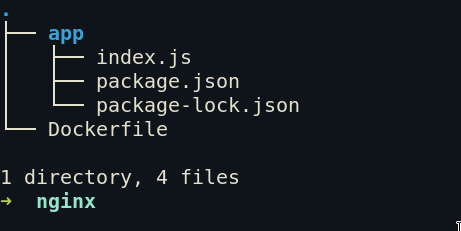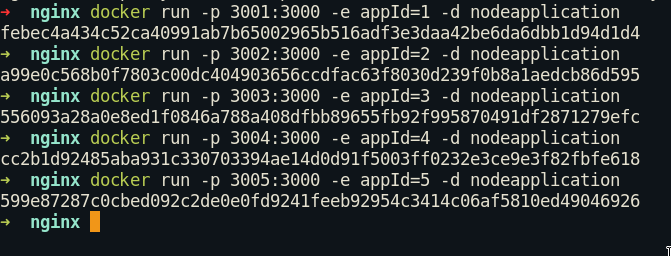How To Create Load Balancer With Nginx And Docker
Introduction
It’s crucial to ensure that your web applications are always available and can handle high traffic. That’s where a load balancer comes in - it distributes incoming traffic evenly across multiple servers, maximizing performance and minimizing downtime.
But setting up a load balancer can be a daunting task, especially for those who are new to the world of web development. That’s why we’ve created this guide - to walk you through the process of creating a load balancer using Docker and NGINX. These tools are powerful, flexible and easy to use, making them the perfect choice for load balancing.
Preparation
You need to install the following:
- Nodejs
- Docker
- Nignx
File Structure
Our file Structure will be like this

Dockerfile
FROM node:16
WORKDIR /home/node/app
COPY app /home/node/app
RUN npm install
RUN npm run app
EXPOSE 3000
index.js
const app = require("express")();
app.get("/", (req, res) => {
res.send(`Hello from ${process.env.appId} docker`);
});
app.listen(3000, () => console.log("app at http://localhost:3000"));
package.json
{
"name": "app",
"main": "index.js",
"scripts": {
"app": "node index.js"
},
"keywords": [],
"author": "",
"license": "ISC",
"dependencies": {
"express": "^4.18.2"
}
}
Create Multiple Container
We need to create multiple images point to the nodejs server with different ports
First you should build the app into Container
docker build -t nodeapplication .
then
docker run -p <PORT>:3000 -e appId=<ID> -d nodeapplication
the result

Now if you checked your browser for every port should be serve your images with spicified ports correctly. for example port 3001

and so on.
Setting Nginx Up
After Installing Nginx to your machine, we will work with /etc/nginx/nginx.conf. Copy code below to your nginx.conf file
http {
upstream containers {
server 127.0.0.1:3001;
server 127.0.0.1:3002;
server 127.0.0.1:3003;
server 127.0.0.1:3004;
server 127.0.0.1:3005;
}
server {
listen 80;
location / {
proxy_pass http://containers/;
}
}
}
events {}
Now we Created upstream called containers to serve all our backend and we also created server listen to port 80 and proxy_pass to our containers upstream.
If we visit localhost we should see nginx balancing and switching between created containters.

You can notice that it serve in sequential order that is because nginx uses Round Robin Algorithm
Conclusion
In conclusion, creating a load balancer with Docker and NGINX is a powerful way to ensure the availability and performance of your web application. By distributing incoming traffic evenly across multiple servers, a load balancer can maximize performance and minimize downtime.
Enjoy Reading This Article?
Here are some more articles you might like to read next: